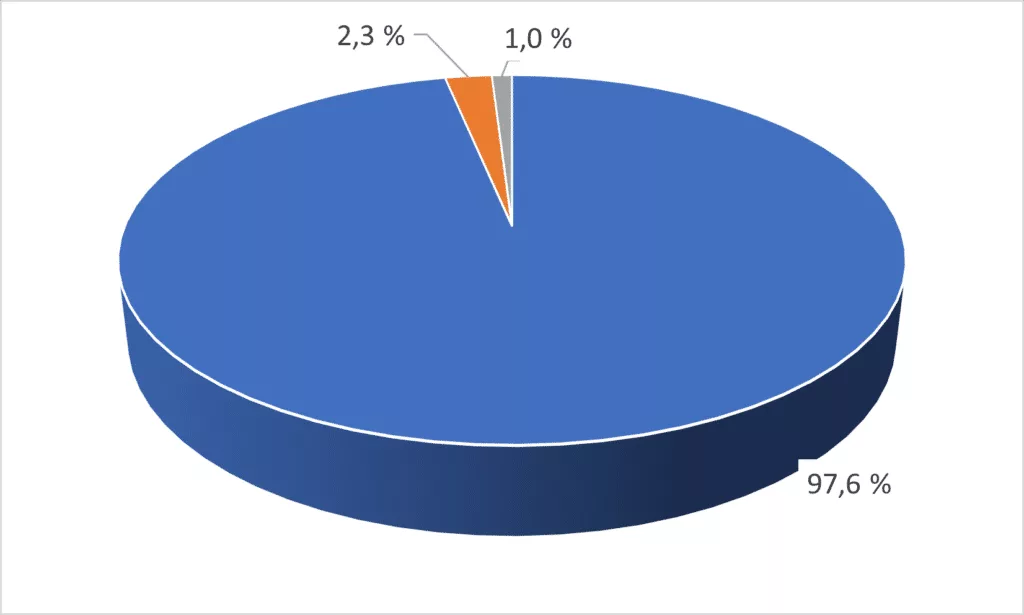With an eye on energy consumption, the focus in heat treatment is on process heat. But the electric motors used here also often consume (too) much electricity. While modern, energy-efficient motors are used in new plants, which often already include frequency control (SmartDrive), a motor replacement can make a big difference in existing plants. Ipsen explains the advantages of SmartDrive.
Classic electric motors used in the field of heat treatment are often designed so that they can be started at any temperature. For example, the process gas circulator in the furnace heating chamber likes to start at room temperature. As soon as the operating temperature of 800° C, for example, is reached, the motor then requires only a fraction of its power. The SmartDrive principle puts an end to this less efficient oversizing: Thanks to automatic speed regulation matched to the gas density, smaller motors can now be used, whose operation – and also manufacture – consumes significantly less energy. This makes SmartDrive a more cost-effective alternative to the familiar Dahlander motors, which are characterized by their two speeds.
Benefit from practical control functions and additional savings opportunities
Modern frequency inverters also provide practical control functions. For example, the power consumption can be used to check whether the motor is running in the expected power range. And thanks to the frequency inverter, the motor is started with reduced energy consumption and a lower mechanical load, which in turn increases service life.
In addition to these benefits, SmartDrive opens up other small savings options that add up when implemented consistently: For example, rolling shutdown of individual oil circulators or reduction of the speed to the required minimum in standby mode of the plant is feasible without creating permanently motionless zones. When the oil bath is actively heated, all oil circulators are naturally reactivated so that the heating rods are always evenly circulated,
The advantages of SmartDrive at a glance:
- Cost savings thanks to lower power consumption during operation
- Smaller CO2 footprint in motor production
- Increased service life
- More sustainability
Investing in the future with new motors
Replacing existing motors is a real investment in the future. As the graphic illustrates, the acquisition costs for electric motors represent only a fraction of the costs incurred over the entire life cycle. Significant savings can be achieved even through small improvements in efficiency. If the appropriate control technology is also retrofitted, which may require additional control cabinets, these savings can be further increased.

Life cycle costs of an 11-kW IE3 electric motor at 4,000 operating hours per year and 15-year service life.
Source: de Almeida, 2008.
Is that what you’re focused on?
Then get in touch with us! We know our stuff and will be happy to discuss with you what options are available on site!
Author: Matthias Rink – Ipsen International GmbH
Contact: TeamEnergy@Ipsen.de
